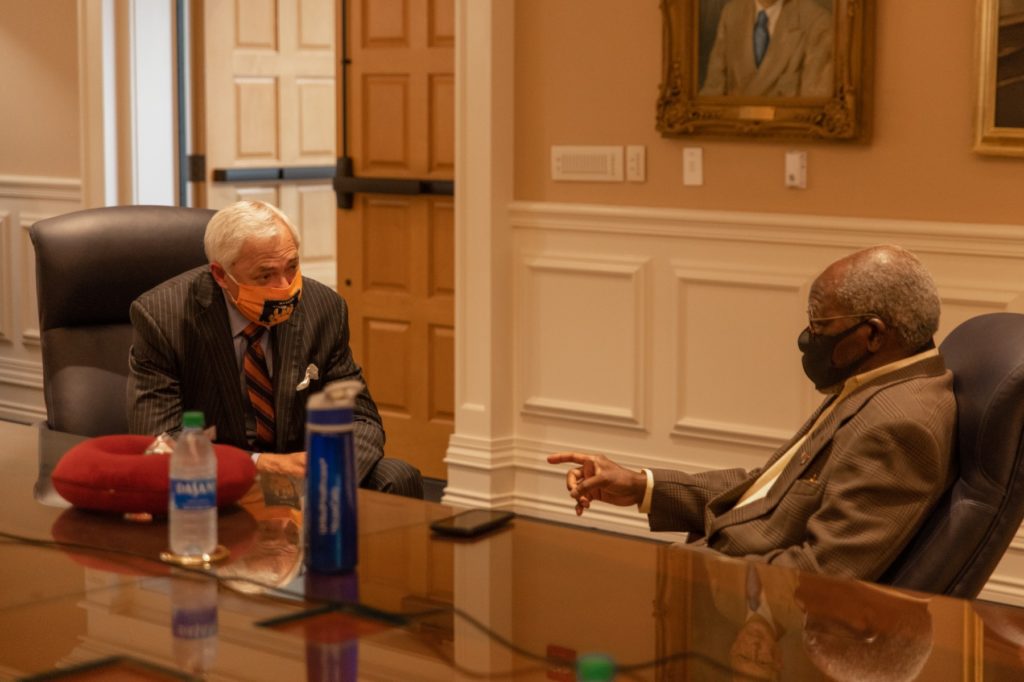On a fall day in 1963, three Black men enrolled at Mercer University, breaking the color barrier and changing the landscape of the institution forever.
The enrollment of Sam Oni, an African missionary convert from Ghana, along with transfer student Cecil Dewberry and Macon resident Bennie Stephens, made Mercer one of the first private universities in the Deep South to integrate.
It was during this historic time that students, faculty, staff and others laid the groundwork for building an inclusive and diverse community unafraid to disrupt cultural norms in the pursuit of justice.
To commemorate this important time on campus, Mercer is commissioning a sculpture as a permanent reminder of the integration that started in 1963 and continues today.
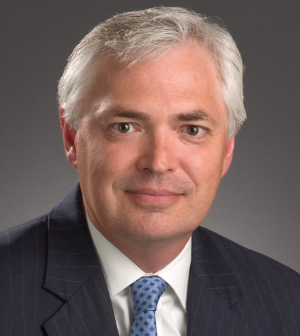
President William D. Underwood came up with the idea a few years ago after seeing a sculpture during a visit to Brown University in Rhode Island, where his son was an undergraduate student.
The sculpture, a partially buried ball with a broken chain, recognizes Brown’s connection to the trans-Atlantic slave trade and the work of enslaved and free Black men and women in building the university.
“I looked at that sculpture, and I began thinking about what I thought was a very bright chapter in Mercer’s story, and that is the story of integration of the University,” Underwood said. “And I thought it would be wonderful if we had a sculpture that was thought-provoking, that not only recalled this chapter in our history but also inspired future generations to continue down that path.”
Earlier this year, the Executive Committee of Mercer’s Board of Trustees approved the project and Underwood named a 10-person committee to retain an artist, work with him or her to develop the sculpture, and recommend a location for the artwork on campus. The committee includes many of those early trailblazers, including Oni, who graduated in 1967.
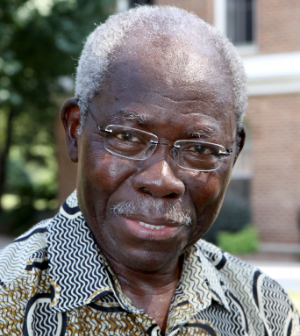
Oni said the University chose to “walk the path of courage” when it responded to the wrong that is racism by not only integrating but intentionally encouraging more Black students to enroll and providing the support needed to make their transition successful.
“The latest expression of that commitment to righting the wrong is the installation of the sculpture,” he said. “I think of racism as America’s untreated wound, and my hope is that the sculpture will remind people of that fact and inspire them to commit themselves to working toward healing this wound.”
‘A great challenge’
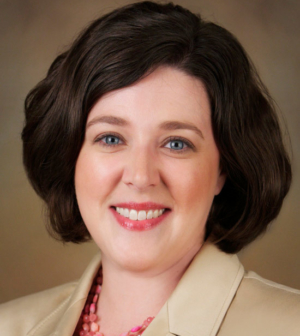
Ideally, the sculpture will be installed on campus in 2022, said Shawna Dooley, associate vice president for University Advancement and a 1997 Mercer graduate who is coordinating the project.
But first, the sculpture committee must select an artist. In the coming weeks, the University plans to put out a request for qualifications, she said. Artists will then respond, submitting their qualifications to the committee to review.
The committee then will select an artist and work with him or her to develop a design. This will involve the artist listening to the experiences of the members of the committee who lived through that time.
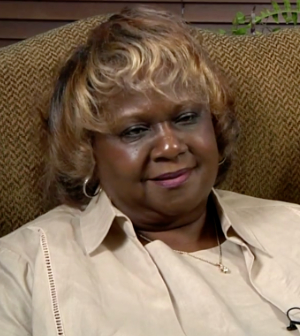
“Those of us that have had experiences there at Mercer will share our experiences,” said committee member Pearlie Toliver, who was among Mercer’s first Black students. “And I hope (the sculpture) will be something that will allow people to have a conversation about race. …
“Hopefully whatever the artist will create will be something that will evoke our ability to think and engage.”
It will be a challenge for the artist to take everyone’s ideas and concepts and mold them into one piece of art, Oni said, but “that is why he is an artist.”
“He’s able to conceive ideas and imagine how things could be and then use his creative imagination to bring it into reality,” he said.
For his part, Oni hopes the sculpture is “nothing too abstract.”
“In my view, the finished product ought to appeal to people in general who just walk up to it and say, ‘Wow! I want to stick around and look at it again,’” he said. “The end product should be one that fires the imagination of the viewer, inspires the viewer and instigates the viewer to want to take action and be the solution to this persistent and enduring crisis that is racism and racial discrimination that has plagued this country.”
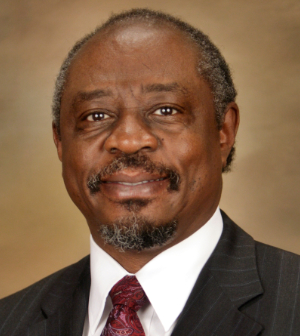
Deciding what type of art is the best representation is one of the most difficult tasks, said Judge Louis Sands, a committee member and Double Bear who earned his undergraduate degree in 1971 and law degree in 1974.
The committee must consider not only how the sculpture will be seen today but how it may be interpreted in the future.
“A great challenge is to do something in a way that everyone will find appropriate to represent the point that we’re trying to make,” said Sands, a trailblazer for Black students at Mercer. “We’re all kind of confined to our own time.”
Take for example, he said, the Emancipation Memorial in Washington, D.C. The sculpture depicts a freed slave kneeling at the feet of President Abraham Lincoln, who holds the Emancipation Proclamation.
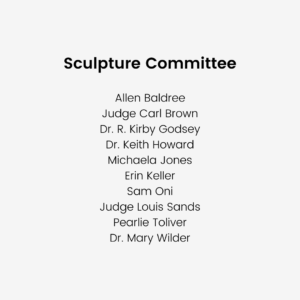
“It was intended to depict the importance of the Emancipation and Lincoln’s role in it and who it affected, but looked at now, it looks a little out of order in the sense that in present days, (the kneeling man) can be interpreted as being subservient or lesser than.
“So, it was something that was intended to recognize something very important and the roles of the folks involved, but it’s perceived now in a way that it would not be perceived possible at that time.”
Sands said it is important to him for the sculpture to be a worthy representation of Mercer’s integration that can be seen in a positive and thoughtful way across generations.
“The idea is for people to think about things in a way that causes us to appreciate where we are, where we’ve been and how we move forward,” he said.
Commitment to the future
Today, Mercer’s Black undergraduate student enrollment more closely mirrors the state of Georgia, where 33% of the population is Black, than some of the state’s other major research institutions.
Black students account for 28% of undergraduates at Mercer, compared to 8% at Emory University and the University of Georgia, and 7% at Georgia Tech.
The percentage of Black undergraduate students enrolled at Mercer also is three to four times that of private schools considered peer institutions.
“The reason we’re so successful is the work that you all did in the ‘60s,” Underwood told the committee during a meeting earlier this year. “What our admissions people tell me is that when these bright and talented African-American students and their families arrive on campus and take their tours and look around, they see other people who look like them. And it seems like a place where they might be comfortable.
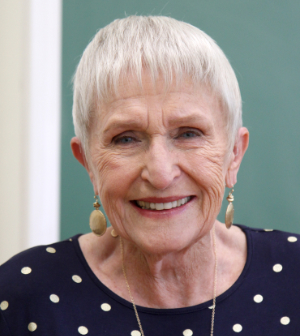
“And so, it’s become really self-perpetuating, but it began with what you all were doing in the ‘60s.”
Committee member Dr. Mary Wilder, an alumna and professor emerita, taught at the University during that time and, along with other teachers and mentors like Dr. Joseph Hendricks, was instrumental to Mercer’s success.
The sculpture “has to celebrate the students who did the integrating,” Dr. Wilder said. “That’s where the courage was.”
While integration happened peacefully, some white students had a hard time adjusting.
“They didn’t march and didn’t misbehave, but they didn’t swarm in to hug and kiss and welcome them either,” she said.

Allen Baldree, a committee member, former trustee and 1974 graduate, grew up in a rural area in Eastern North Carolina before attending Mercer.
“I came from an area where there was a heavy Ku Klux Klan population, and all of a sudden I’m with people who opened my eyes to so many things,” said Baldree, who is white. “I got to experience people like Dr. Joe Hendricks, Dr. Jean Hendricks, Dr. Mary Wilder — you could go right on down the list of faculty members, and all of the sudden my life got changed.”
He went on to become a counselor with Upward Bound, which served as a pipeline to Mercer for Black students.
With the sculpture, “we are trying to recognize the complete commitment that Mercer has made to the process and continues to make to the process,” he said.
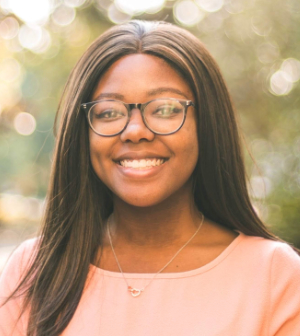
Committee member Michaela Jones, a senior who is triple majoring in accounting, finance and Spanish, said she hopes the sculpture will be seen as a celebration of Mercer’s diversity and will prompt deeper conversations on campus.
“It’s like a visual promise or a dedication of Mercer to continuing upon all the improvements that it makes every year to be a safer community for minorities,” said Jones, the immediate past Student Government Association vice president.
“It’s a dedication to make Mercer more of a place where all Bears really do feel like they’re at home.”
